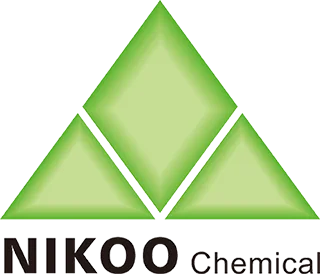Facial Oils: Nature's Lipid-Rich Elixirs for Skin Harmony
Facial oils have transcended their reputation as mere moisturizers for the driest skin. Modern formulations celebrate the unique chemistry of plant-derived lipids, fatty acids, and antioxidants, offering targeted benefits for virtually every skin type. Understanding the composition of these oils reveals their true potential as skin harmonizers.
The magic lies in the fatty acid profile. Oils rich in Linoleic Acid (an Omega-6) tend to be lighter, faster-absorbing, and ideal for oily, acne-prone, or combination skin. Linoleic acid helps strengthen the skin's barrier, can reduce inflammation, and may even help regulate sebum production. Think Grapeseed Oil, Safflower Oil (high-linoleic), Hemp Seed Oil, Rosehip Seed Oil, and Evening Primrose Oil. These mimic the skin's natural sebum more closely when linoleic acid is deficient (common in acne).
Oils higher in Oleic Acid (an Omega-9) are richer, slower-absorbing, and profoundly nourishing. They are excellent for very dry, mature, or barrier-compromised skin needing intense hydration and softening. However, they can feel heavier and may be more comedogenic for oily types. Examples include Olive Oil, Avocado Oil, Camellia Seed Oil, Sweet Almond Oil, and Marula Oil. Jojoba Oil is unique – technically a liquid wax ester – and closely resembles human sebum. It's highly stable, non-comedogenic, and suitable for most skin types, helping to balance oil production.
Antioxidants are where many facial oils truly shine. Vitamin E (Tocopherols/Tocotrienols) is naturally present in most plant oils and acts as a powerful antioxidant, protecting the oil itself from rancidity and shielding the skin from free radical damage. Rosehip Seed Oil is prized for its naturally occurring Trans-Retinoic Acid (Tretinoin) precursors and Vitamin A (though less potent than prescription retinoids), offering regenerative benefits. Sea Buckthorn Oil is a powerhouse, exceptionally rich in Vitamin C (in stable forms), Vitamin E, beta-carotene (Provitamin A), and rare Omega-7 (Palmitoleic Acid), offering intense repair, brightening, and anti-inflammatory action.
Specialized Actives add unique dimensions. Squalane (often derived from sugarcane) is a superstar. It's not technically an oil but a saturated hydrocarbon. It mimics a component of human sebum, is incredibly lightweight, non-comedogenic, deeply moisturizing, and helps strengthen the barrier. Argan Oil is rich in Vitamin E and sterols, promoting elasticity and repair. Borage Oil and Black Currant Seed Oil are high in Gamma-Linolenic Acid (GLA), an Omega-6 fatty acid with potent anti-inflammatory properties, beneficial for eczema, rosacea, and irritated skin. Tamanu Oil is renowned for its unique Calophyllolide, promoting wound healing and tissue repair.
Carrier Oils like Fractionated Coconut Oil (Caprylic/Capric Triglyceride) provide a lightweight, stable base that helps deliver other active oils without greasiness.
Facial oils work by supplementing the skin's natural lipid barrier, delivering essential fatty acids it might be lacking, and providing concentrated antioxidants and specialized nutrients. They don't necessarily add water (like a humectant) but prevent its loss (occlusion) and support the barrier's integrity. Choosing an oil based on its fatty acid profile (linoleic vs. oleic dominant) and its unique active compounds (antioxidants, vitamins, GLA, etc.) allows for incredibly targeted nourishment, repair, and protection, harmonizing the skin's natural functions and needs.

Phone: +86 20 36028881
Fax: +86 20 36550567
Email:rebecca@nikoochem.com
WhatsApp: +86 13822397763
Add: No 1718, Airport Rd., Yuncheng St., Baiyun Dist., Guangzhou City, Guangdong, China 510000
